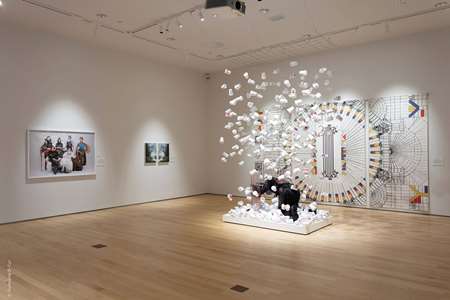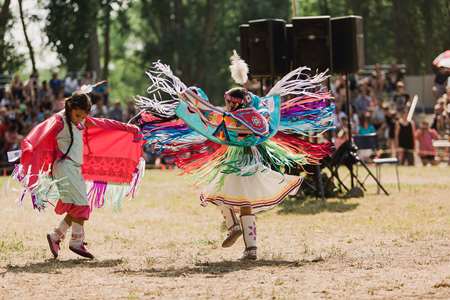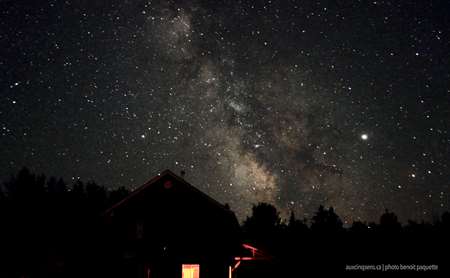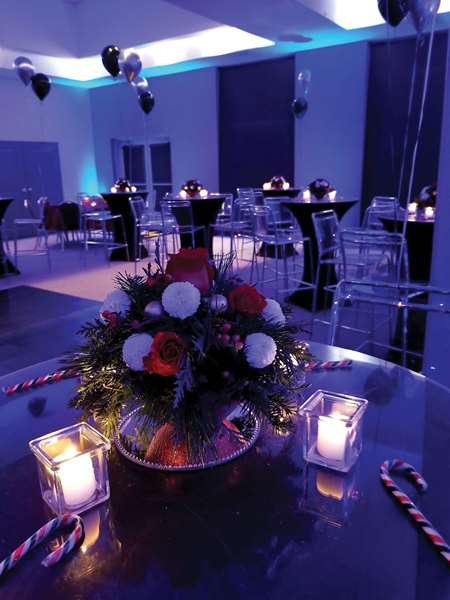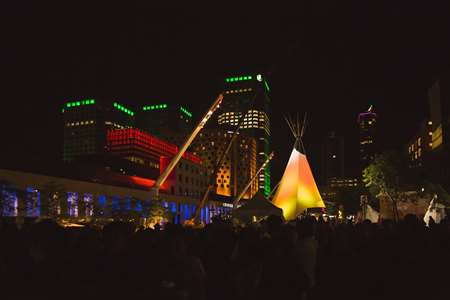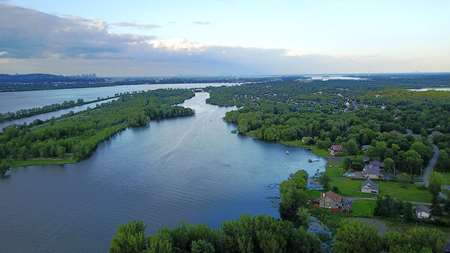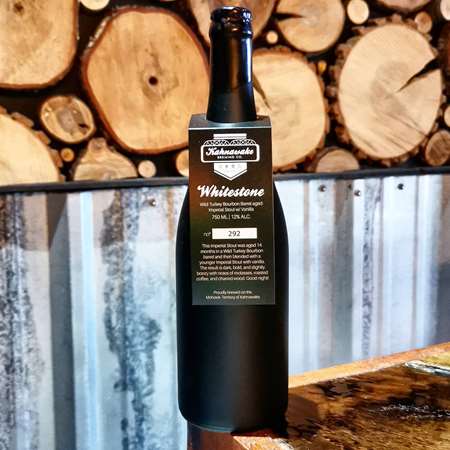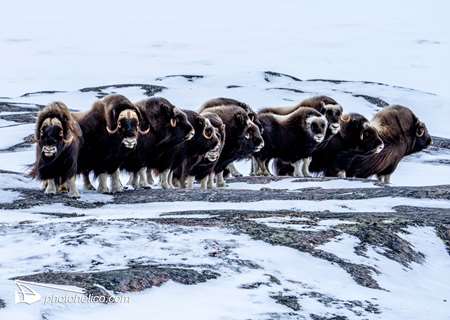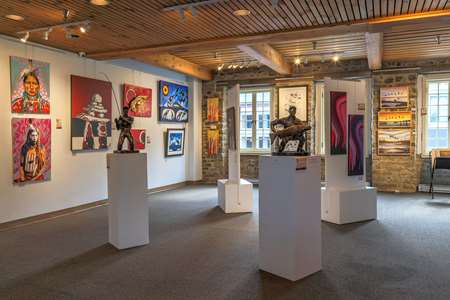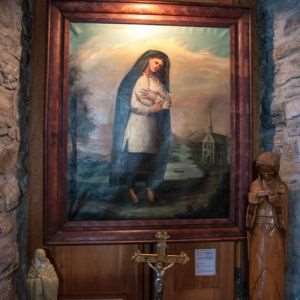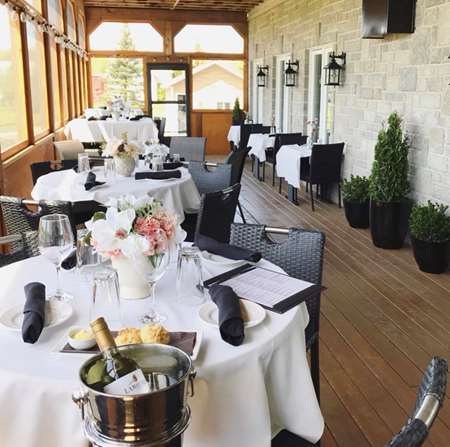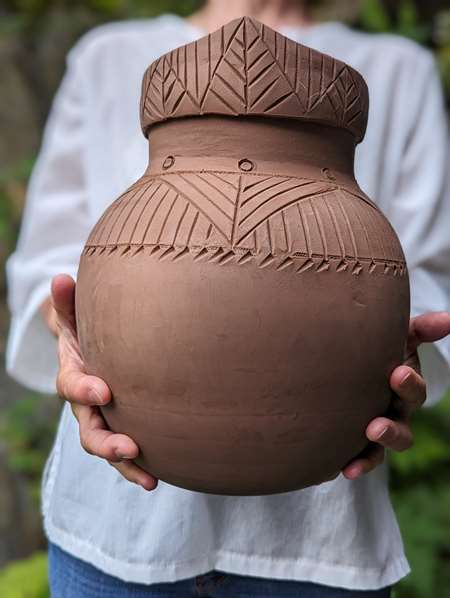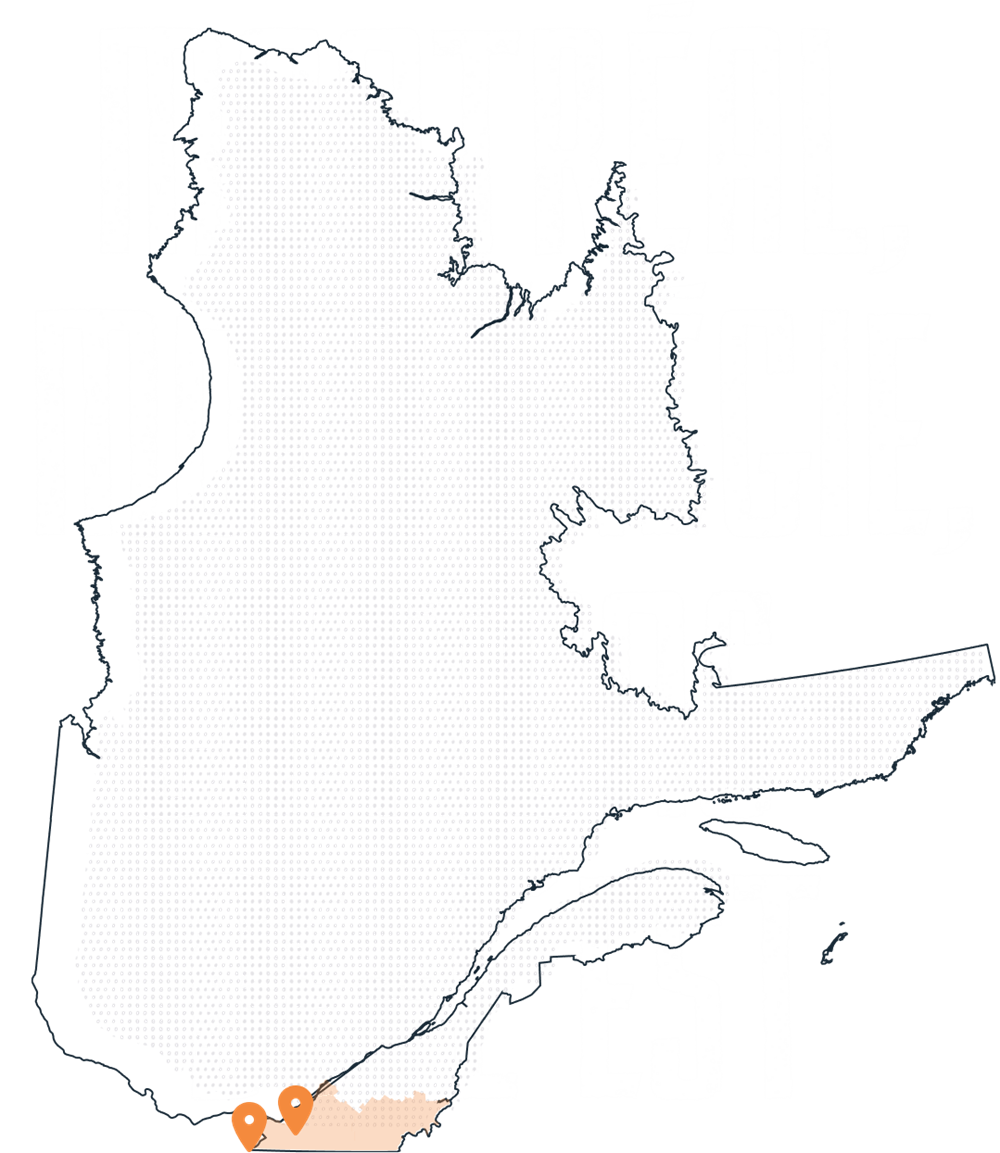
Memory Lane
Historically, the southwest of Quebec (including Montreal) was an important route for nomadic Indigenous people. Today, Mohawks are the guardians and guides of this important part of Indigenous history. When settlers in then-New France first encountered those living where they sought to explore, the European newcomers referred to them as “Mohawks.” Today, the Mohawk and Wendat Nations are the keepers of the Iroquois language in Quebec. South of the Iroquoian village of Hochelaga (where Montreal was later founded), the Montérégie and Cantons-de-l’Est regions were important transit and trade areas. Today, three Mohawk communities still honour their Iroquois identity by way of traditional celebrations, such as annual Pow Wows and land and water ceremonies. Akwesasne, Kahnawake, and Kanesatake are the go-to villages for discovering the beauty and vitality of Mohawk culture. Mohawks are the second-largest Indigenous nations in Quebec.
To discover
Communities
Akwesasne
Founded in the middle of the 18th century by Mohawk families, this large community of 14,000 people straddles the Ontario and New York State border in Montérégie. Steeped in a rich history, the Akwesasne community was a pioneer in establishing the first Indigenous legal system.
Kahnawake
The Mohawk community of Kahnawake, which means place of rapids, is located on the South Shore of the St. Lawrence River. The community houses three national historic sites of Canada. The two languages spoken are Mohawk and English.
Kanesatake
Enclaved by the town of Oka, the small Mohawk community of Kanesatake is located at the confluence of the Ottawa River and Lake Deux-Montagnes. It consists of more than 2,000 people, out of whom 1,350 live on-reserve.



